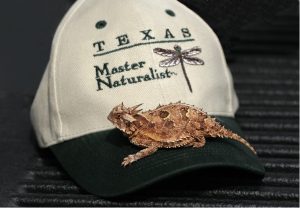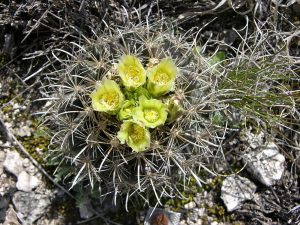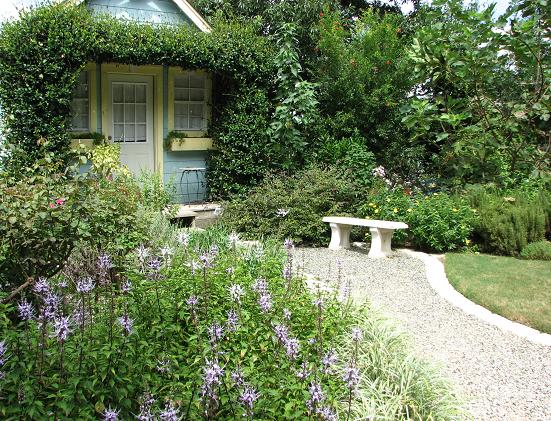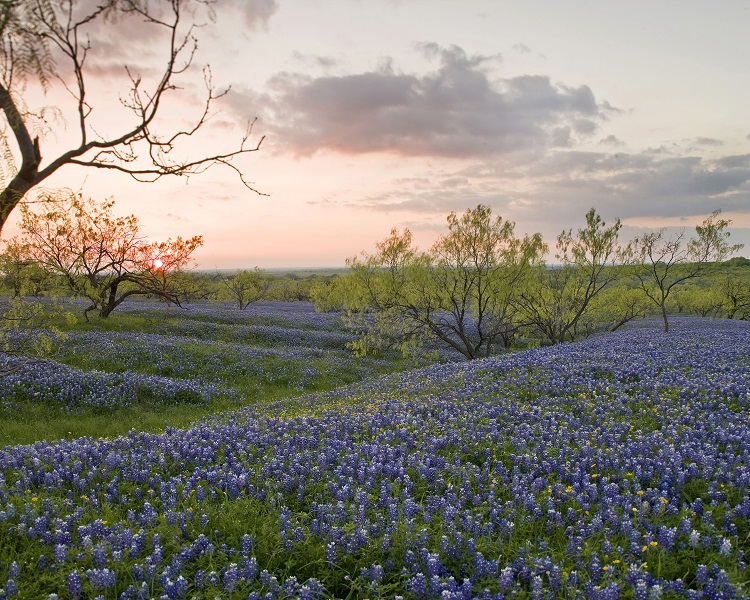The Problem with Aoudads
Thursday, May 16th, 2019This is Passport to Texas
Aoudads are causing huge problems for native Bighorn Sheep reintroduction. But, what exactly is an Aoudad?
Aoudad, which are also known as barbary sheep come from the Barbary coast of Africa and so they are an exotic that occurs out on the landscape. They can be very disruptive to the Bighorn herds as well as other native wildlife species.
Froylan Hernandez, the Desert Bighorn program leader for Texas Parks and Wildlife says Aoudads have adapted too well to the Texas landscape and now outcompete our native Bighorns.
…they can utilize the habitat uniformly without really preferring any one plant species. So, they will go, and they will station themselves in one area and once they eat it clean they will move off and go off to another and so they are somewhat nomadic in nature.
This is a problem since the agency and its partners is working hard to restore bighorn sheep to the very landscape the Aoudads have coopted. Texas Parks and Wildlife intervenes when possible, but Aoudads continue to present a problem.
Our goal is to get the Bighorns to a number, or population levels where they don’t require a lot of our intervention. They are still going to require some but certainly not a lot. But the only thing that can happen is if those Aoudad numbers are drastically reduced.
The Wildlife Restoration program supports our series.
For Texas Parks and Wildlife…I’m Cecilia Nasti.







 Passport to Texas is a
Passport to Texas is a  Passport to Texas is made available by:
Passport to Texas is made available by: